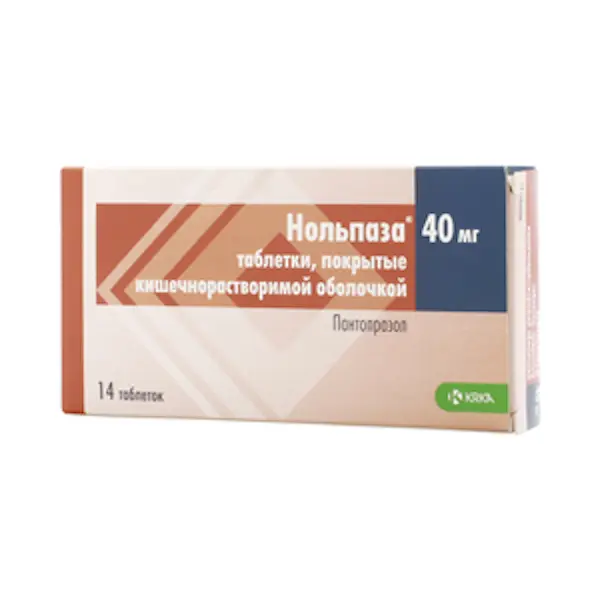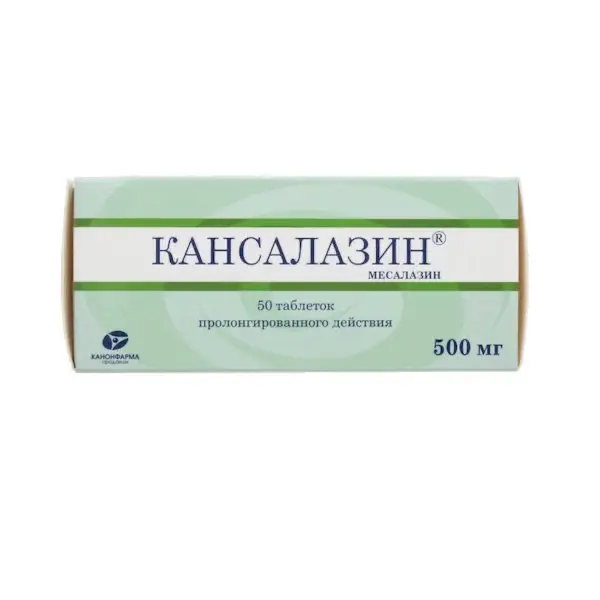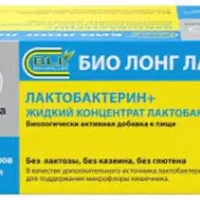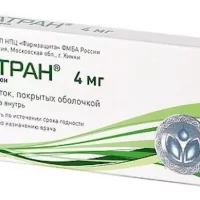Description
Nolpase Pharmacodynamics
Proton pump inhibitor (H+/K+-ATPase). It blocks the final stage of hydrochloric acid secretion regardless of the nature of the stimulus.
Pantoprazole is a substituted benzimidazole that inhibits hydrochloric acid secretion in the stomach by specific blockade of the proton pumps of the parietal cells.
Pantoprazole is transformed into its active form in an acidic environment in the parietal cells, where it inhibits the activity of the H+/K+-ATPase enzyme, i.e. it blocks the final step of hydrochloric acid formation in the stomach. The suppression of activity is dose-dependent, and as a result both basal and stimulated acid secretion is reduced. Treatment with pantoprazole, as with other proton pump inhibitors (PPIs) and H2-receptor blockers, decreases gastric acidity and thus increases gastrin levels in proportion to the decrease in acidity. The increase in gastrin levels is reversible. Chromogranin A (CgA) concentrations are also elevated due to decreased gastric acidity. Elevated CgA concentrations may interfere with the diagnosis of neuroendocrine tumors.
Published data suggest that IPN should be discontinued between 5 days and 2 weeks before CgA concentrations are determined, allowing the use of CgA concentrations, which may be falsely increased by IPN therapy, to return to the normal range after discontinuation.
Because pantoprazole binds the enzyme distally to the cell receptor, it can inhibit hydrochloric acid secretion independent of stimulation by other substances (acetylcholine, histamine, gastrin).
The effect of oral and intravenous administration of the drug is the same.
Antisecretory activity
After first oral administration of 20 mg of Nolpaz® preparation gastric juice secretion decreases by 24 % after 2.5-3.5 hours and by 26 % after 24.5-25.5 hours. After oral administration of pantoprazole once daily for 7 days its antisecretory activity, measured 2.5-3.5 h after administration, increases to 56 %, and after 24.5-25.5 h – to 50 %. In duodenal ulcer associated with Helicobacter pylori, decreased gastric secretion increases the sensitivity of microorganisms to antibiotics. It does not affect the motility of the gastrointestinal tract. Secretory activity normalizes 3-4 days after the end of treatment.
Compared with other IPNs, Nolpaza® has greater chemical stability at neutral pH and less potential of interaction with the liver oxidase system, which depends on cytochrome P450 system. Therefore, no clinically significant interactions between Nolpaza® and many other drugs have been observed.
Indications
– Gastroesophageal reflux disease (GERD), including erosive-ulcerative reflux-esophagitis and GERD-associated symptoms: heartburn, acid regurgitation, pain on swallowing.
– Gastric and duodenal ulcers (in the acute phase), erosive gastritis (including those associated with taking non-steroidal anti-inflammatory drugs (NSAIDs)).
– Zollinger-Ellison syndrome
– Eradication of Helicobacter pylori in combination with antibacterial agents.
Contraindications
– Hypersensitivity to any of the components of the drug, as well as to substituted benzimidazoles.
– Dyspepsia of neurotic genesis.
– Concomitant use with atazanivir.
– Childhood age less than 18 years old.
– Pregnancy, breast-feeding.
– It is not recommended for patients with congenital intolerance to fructose because Nolpaza® contains sorbitol.
Caution
Hepatic insufficiency, risk factors of cyanocobalamin (vitamin B12) deficiency (especially against the background of hypo- and achlorhydria).
Usage during pregnancy and lactation
Pregnancy .
As a precaution it is necessary to exclude Nolpaza® usage during pregnancy.
Period of breastfeeding
Because of insufficient information about Nolpaza® administration in women during breast-feeding period, it is not possible to exclude potential risk for newborns and breast-fed infants. In this regard, it is necessary to decide whether to stop breast-feeding or to cancel/suspend the treatment with Nolpaza®.
Fertility
There are no data about the effect of Nolpaza® on fertility in humans. Preclinical studies have shown no effect on male or female fertility.
Dosage and administration
- Nolpaza® preparation is taken orally before meals, without chewing and crushing, with plenty of fluids.
- GERD, including erosive-ulcerative reflux esophagitis and GERD-associated symptoms: heartburn, acid regurgitation, pain on swallowing:
– mild: the recommended dose is 1 tablet of Nolpaza® (20 mg) per day;
– moderate to severe degree: recommended dose is 1-2 tablets of Nolpaz® 40 mg per day (40-80 mg/day). Symptoms alleviation usually occurs within 2-4 weeks. The course of treatment is 4 to 8 weeks. For prophylaxis, as well as for maintenance therapy, 20 mg daily (1 tablet of Nolpaz® 20 mg), if necessary, the dose is increased to 40-80 mg/day. It is possible to take the drug “on demand” in case of symptoms. - Gastric and duodenal ulcer, erosive gastritis (including those associated with taking nonsteroidal anti-inflammatory drugs)
- 40-80 mg per day
The course of treatment – 2 weeks at an exacerbation of duodenal ulcer, if this time is not enough, the healing can usually be achieved during the next 2 weeks of therapy. The course of treatment is 4-8 weeks for exacerbation of peptic ulcer disease and erosive gastritis. - Antiretroviral treatment of peptic ulcer of the stomach and duodenum – 20 mg/day.
- Eradication of Helicobacter pylori
- The following combinations are recommended:
1. Nolpaza® 40 mg 2 times per day + amoxicillin 1000 mg 2 times per day + clarithromycin 500 mg 2 times per day
2. Nolpaza® 40 mg 2 times daily + metronidazole 500 mg 2 times daily + clarithromycin 500 mg 2 times daily.
3. Nolpaza® 40 mg 2 times daily + amoxicillin 1000 mg 2 times daily + metronidazole 500 mg 2 times daily. - The course of treatment is 7-14 days.
- Zollinger-Ellison syndrome
For long-term therapy of Zollinger-Ellison syndrome and other pathological hypersecretory states the treatment should be started with daily dose of 80 mg (2 tablets of Nolpaz® 40 mg). Then, if necessary, the dose can be increased or decreased, depending on the indices of gastric acidity. Doses above 80 mg per day should be divided and used twice a day. A temporary increase in the dose of pantoprazole above 160 mg is possible, but should not be continued longer than necessary to achieve control of acidity. The duration of treatment in Zollinger-Ellison syndrome and in other pathological hypersecretory conditions is not limited, and the duration of therapy may be determined according to clinical necessity. - In patients with significant liver dysfunction the daily dose of pantoprazole should not exceed 20 mg per day (1 tablet of Nolpaza® 20 mg). In this regard, pantoprazole 40 mg is not recommended for this group of patients. Liver enzyme activity should be monitored regularly during treatment with pantoprazole, especially during prolonged use. In case of increased liver enzyme activity, treatment should be discontinued.
- No dose adjustment is required in elderly patients and patients with renal insufficiency.
- Due to the lack of data on the use of Nolpaza® as part of combined antimicrobial therapy against Helicobacter pylori in patients with impaired renal function, as well as in patients with moderate and severe hepatic impairment, the drug should not be used.





